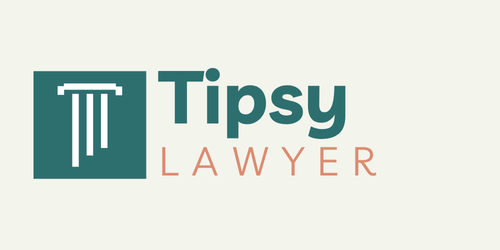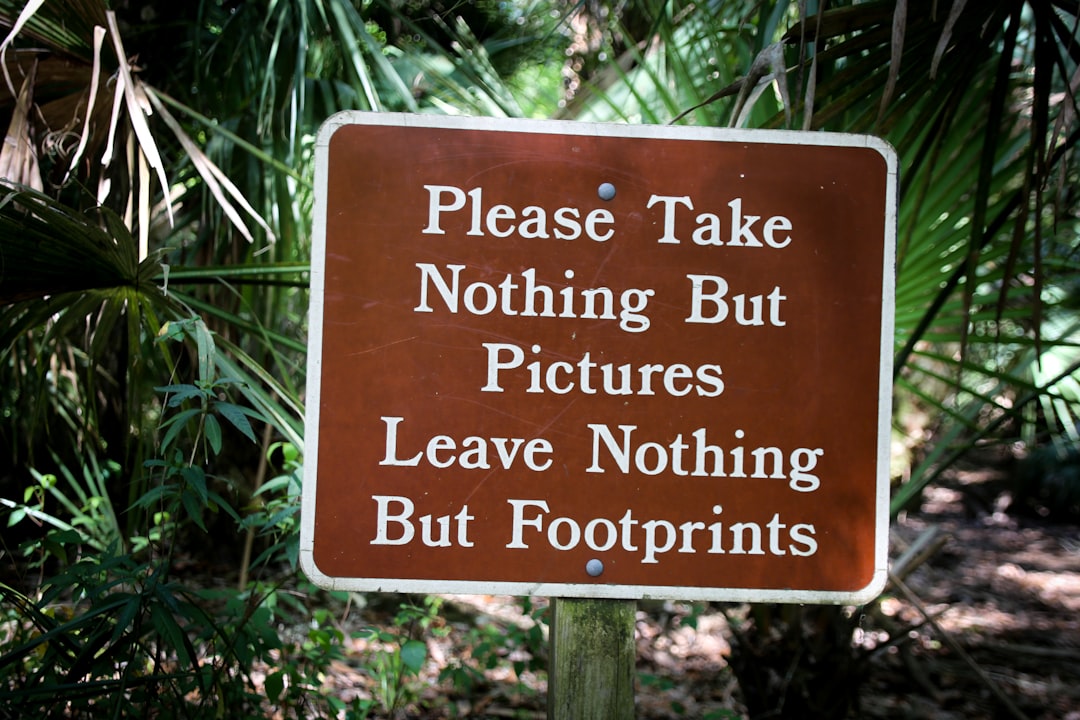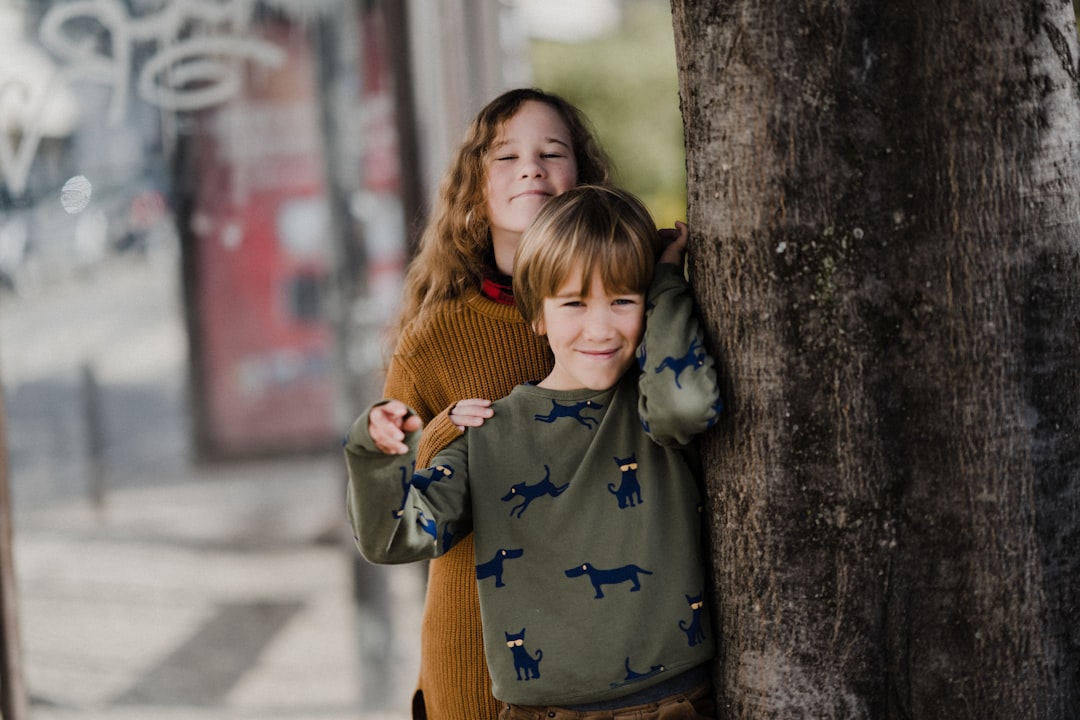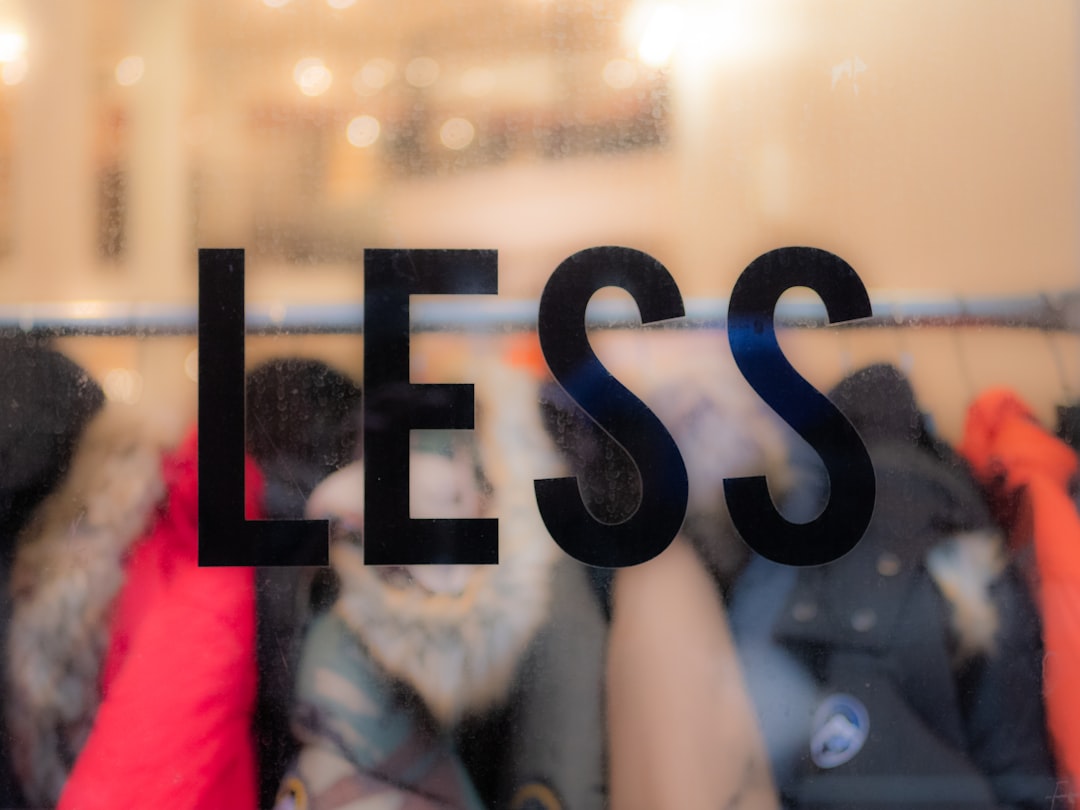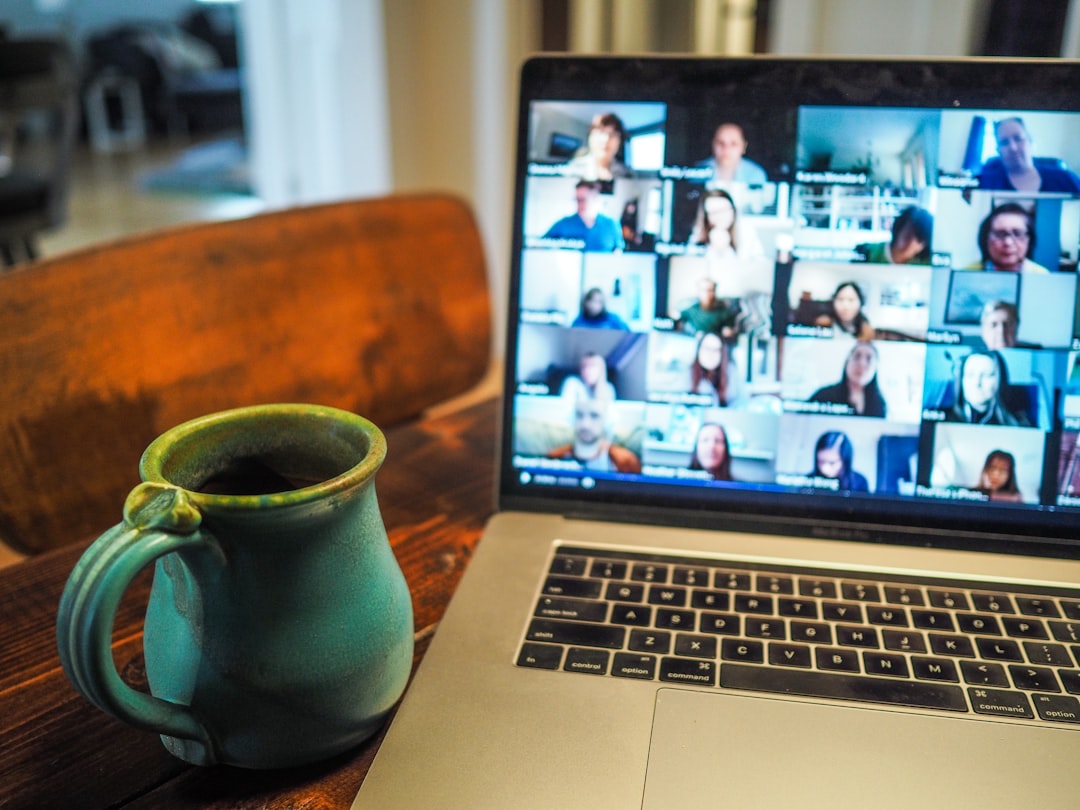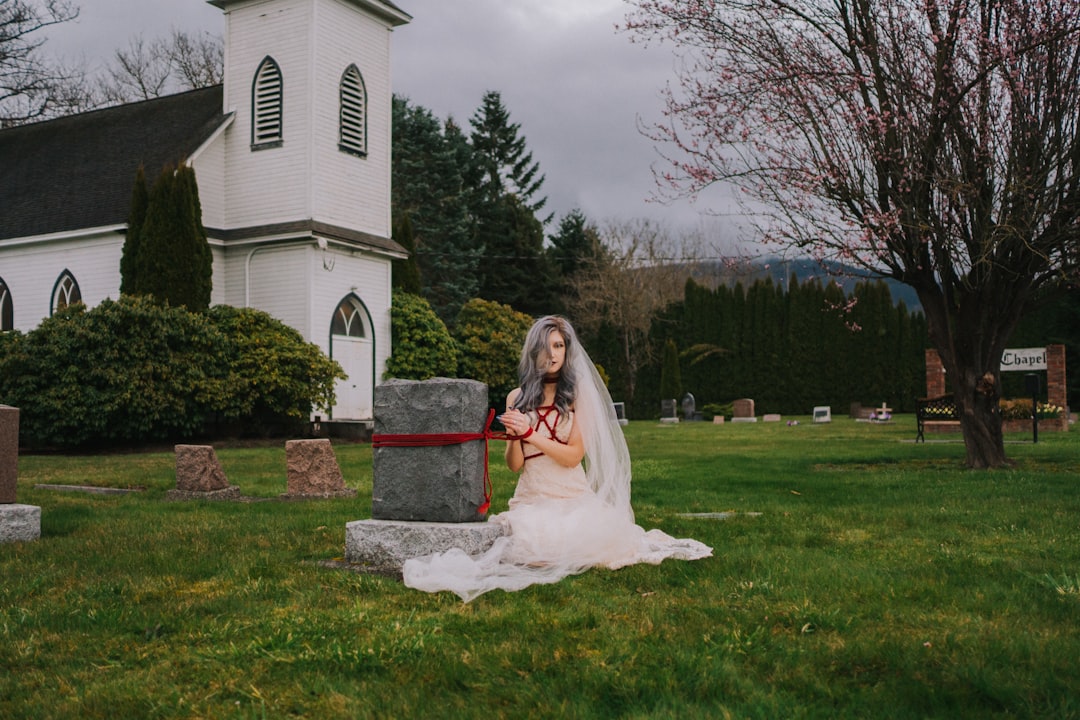Copyright law is a legal framework that grants exclusive rights to creators and authors of original works, such as literary, artistic, musical, and dramatic works. The purpose of copyright law is to protect the rights of creators and provide them with the ability to control and profit from their creations. Copyright protection extends to a wide range of works, including books, paintings, songs, plays, and films.
The scope of copyright protection is broad and covers both the tangible expression of an idea and the underlying idea itself. This means that copyright protection extends to the specific words used in a literary work, as well as the overall structure, plot, and characters. However, copyright does not protect ideas or concepts in their abstract form. It is the expression of those ideas that is protected.
Key Takeaways
- Copyright law protects original works of authorship, including words and phrases.
- A word must be original and creative to be eligible for copyright protection.
- Trademark protection is different from copyright protection and covers brand names and logos.
- Copyright protection for words is limited and does not extend to short phrases or common expressions.
- Creativity and originality are key factors in determining whether a word is eligible for copyright protection.
The definition of a word and its copyrightability
A word is a unit of language that carries meaning and can be spoken or written. While individual words themselves cannot be copyrighted, the way in which they are used and arranged in a creative work can be protected by copyright law. For example, a poem or a song lyric that uses specific words in a unique and creative way may be eligible for copyright protection.
There have been instances where specific words or phrases have been copyrighted. One famous example is the phrase “Just Do It,” which is a registered trademark of Nike. Another example is the word “Google,” which has been trademarked by the search engine company. In these cases, the words themselves have acquired secondary meaning and are associated with specific brands or products.
The difference between trademark and copyright protection
Trademark protection and copyright protection are two distinct forms of intellectual property rights that serve different purposes. Trademark protection is used to protect brand names, logos, slogans, and other distinctive signs that identify goods or services in the marketplace. Copyright protection, on the other hand, is used to protect original works of authorship.
While copyright protection can extend to words used in a creative work, trademark protection is more focused on the commercial use of words or phrases to identify a particular brand or product. For example, a company may use a specific word or phrase as a trademark to distinguish its products from those of its competitors. In this case, trademark protection would be more appropriate than copyright protection.
The limitations of copyright protection for words
| Limitations of Copyright Protection for Words |
|---|
| 1. Short phrases and titles are generally not protected by copyright law. |
| 2. Copyright protection does not extend to ideas, concepts, or facts. |
| 3. Copyright protection only applies to original works of authorship, meaning that the words must be the product of the author’s creativity. |
| 4. Copyright protection does not prevent others from using the same words or phrases in a different context or for a different purpose. |
| 5. Fair use allows for limited use of copyrighted material without permission for purposes such as criticism, commentary, news reporting, teaching, scholarship, or research. |
| 6. Copyright protection has a limited duration, typically lasting for the life of the author plus 70 years. |
While copyright protection can extend to words used in a creative work, there are certain limitations to what can be protected. Copyright does not protect short phrases, titles, names, slogans, or common expressions. These are considered to be too short or too generic to be eligible for copyright protection.
Additionally, copyright protection does not extend to facts, ideas, or concepts. This means that if someone were to write a book about a particular historical event, for example, they would not be able to claim copyright protection over the facts and ideas contained in the book. However, they would be able to claim copyright protection over the specific words and expression used to convey those facts and ideas.
The role of creativity and originality in copyrighting a word
In order for a word to be eligible for copyright protection, it must meet the criteria of creativity and originality. Creativity refers to the level of originality and artistic expression involved in the creation of the word. Originality refers to the fact that the word is not copied from someone else’s work.
To demonstrate creativity and originality in copyrighting a word, it is important to show that the word is not simply a common or generic term, but rather a unique and distinctive expression. This can be achieved through the use of unusual combinations of letters or sounds, or through the creation of new words or phrases that have not been used before.
The criteria for determining copyright infringement of a word

Copyright infringement occurs when someone uses a copyrighted word or phrase without permission from the copyright owner. In order to determine whether copyright infringement has occurred, several criteria must be considered.
First, it must be established that the copyrighted word or phrase is original and eligible for copyright protection. Second, it must be shown that the alleged infringer has used the copyrighted word or phrase without permission. Finally, it must be demonstrated that the use of the copyrighted word or phrase by the alleged infringer is substantial and not a mere coincidence or accidental similarity.
The challenges of enforcing copyright protection for words
Enforcing copyright protection for words can be challenging due to several factors. First, it can be difficult to prove that a word or phrase has been copied without permission. Unlike other forms of intellectual property, such as music or visual art, words are often used in everyday language and can easily be unintentionally similar to existing works.
Second, it can be challenging to identify instances of copyright infringement, especially in the digital age where content can be easily copied and shared online. Copyright owners may need to rely on advanced technology and monitoring tools to detect instances of infringement.
Third, enforcing copyright protection for words can be costly and time-consuming. Legal action may need to be taken against infringers, which can involve significant legal fees and lengthy court proceedings.
The impact of digital technology on copyrighting words
Digital technology has had a significant impact on the way words are copyrighted and protected. With the advent of the internet and digital publishing platforms, it has become easier for authors to distribute their works globally and reach a wider audience.
However, digital technology has also made it easier for others to copy and distribute copyrighted works without permission. Online piracy and unauthorized sharing of copyrighted content have become major challenges for copyright owners.
To address these challenges, copyright owners have had to adapt their strategies and employ new technologies to protect their works. Digital rights management (DRM) systems have been developed to prevent unauthorized copying and distribution of digital content. Watermarking and encryption technologies have also been used to track and identify instances of copyright infringement.
The international legal framework for copyrighting words
Copyright laws vary between countries, and there is an international legal framework in place to protect copyrighted works across borders. The Berne Convention for the Protection of Literary and Artistic Works is an international treaty that establishes minimum standards of copyright protection for authors and creators.
Under the Berne Convention, copyright protection is automatic and does not require registration or formalities. This means that a copyrighted work is protected as soon as it is created and fixed in a tangible form.
However, copyright laws can differ between countries in terms of the duration of protection, the scope of protection, and the rights granted to copyright owners. It is important for authors and creators to understand the copyright laws of the countries in which they wish to distribute their works.
Practical tips for protecting your copyrighted words
To protect your copyrighted words, there are several practical tips that you can follow:
1. Register your copyright: While copyright protection is automatic, registering your copyright with the relevant copyright office can provide additional legal benefits and evidence of ownership.
2. Use copyright notices: Include a copyright notice on your works to inform others that they are protected by copyright. This can help deter potential infringers and provide evidence of ownership in case of infringement.
3. Monitor and enforce your rights: Regularly monitor the use of your copyrighted words online and take action against infringers when necessary. This may involve sending cease-and-desist letters, filing lawsuits, or seeking injunctions to stop the unauthorized use of your words.
4. License your copyrighted words: Consider licensing your copyrighted words to others for a fee. This can provide an additional source of income and allow you to control how your words are used.
In conclusion, copyright law provides important protections for creators and authors of original works, including words used in creative works. While individual words themselves cannot be copyrighted, the way in which they are used and arranged in a creative work can be protected. However, there are limitations to copyright protection for words, and enforcing copyright protection can be challenging.
It is important for authors and creators to understand the criteria for copyright protection, the differences between trademark and copyright protection, and the challenges of enforcing copyright protection. With the impact of digital technology and the international legal framework for copyrighting words, it is crucial for creators to take practical steps to protect their copyrighted words and enforce their rights. By doing so, they can ensure that their creative works are respected and that they can continue to benefit from their creations.
If you’re curious about the intricacies of copyright law and whether it extends to individual words, you might find this article on Tipsy Lawyer’s website quite enlightening. In their category of uncategorized articles, they delve into various legal topics, including intellectual property rights. To gain a deeper understanding of copyright law and its limitations, you can check out their article by clicking here. Additionally, Tipsy Lawyer also provides a comprehensive guide to terms and conditions, which can be found here. For those interested in the international aspects of copyright law, Tipsy Lawyer offers valuable insights in their article on international law, accessible through this link: https://tipsylawyer.com/international-law/.
FAQs
What is copyright?
Copyright is a legal right that grants the creator of an original work exclusive rights to control the use and distribution of that work.
Can you copyright a word?
In general, you cannot copyright a single word. Copyright law protects original works of authorship, such as books, music, and artwork, but not individual words or short phrases.
What can you do to protect a word?
If you want to protect a word or phrase, you may be able to trademark it. Trademarks are used to protect brand names, logos, and slogans, and can be registered with the United States Patent and Trademark Office (USPTO).
What is the difference between copyright and trademark?
Copyright protects original works of authorship, while trademarks protect brand names, logos, and slogans. Copyright is automatic and does not require registration, while trademarks must be registered with the USPTO to receive legal protection.
Can you use a copyrighted word in your own work?
It depends on the context and how the word is being used. If the word is being used in a way that is considered fair use, such as for commentary or criticism, it may be allowed. However, using a copyrighted word in a way that could be considered infringement, such as using it in a commercial product, could result in legal action.
What is fair use?
Fair use is a legal doctrine that allows for the limited use of copyrighted material without permission from the copyright owner. Fair use is determined on a case-by-case basis and considers factors such as the purpose of the use, the nature of the copyrighted work, and the amount of the work used.
